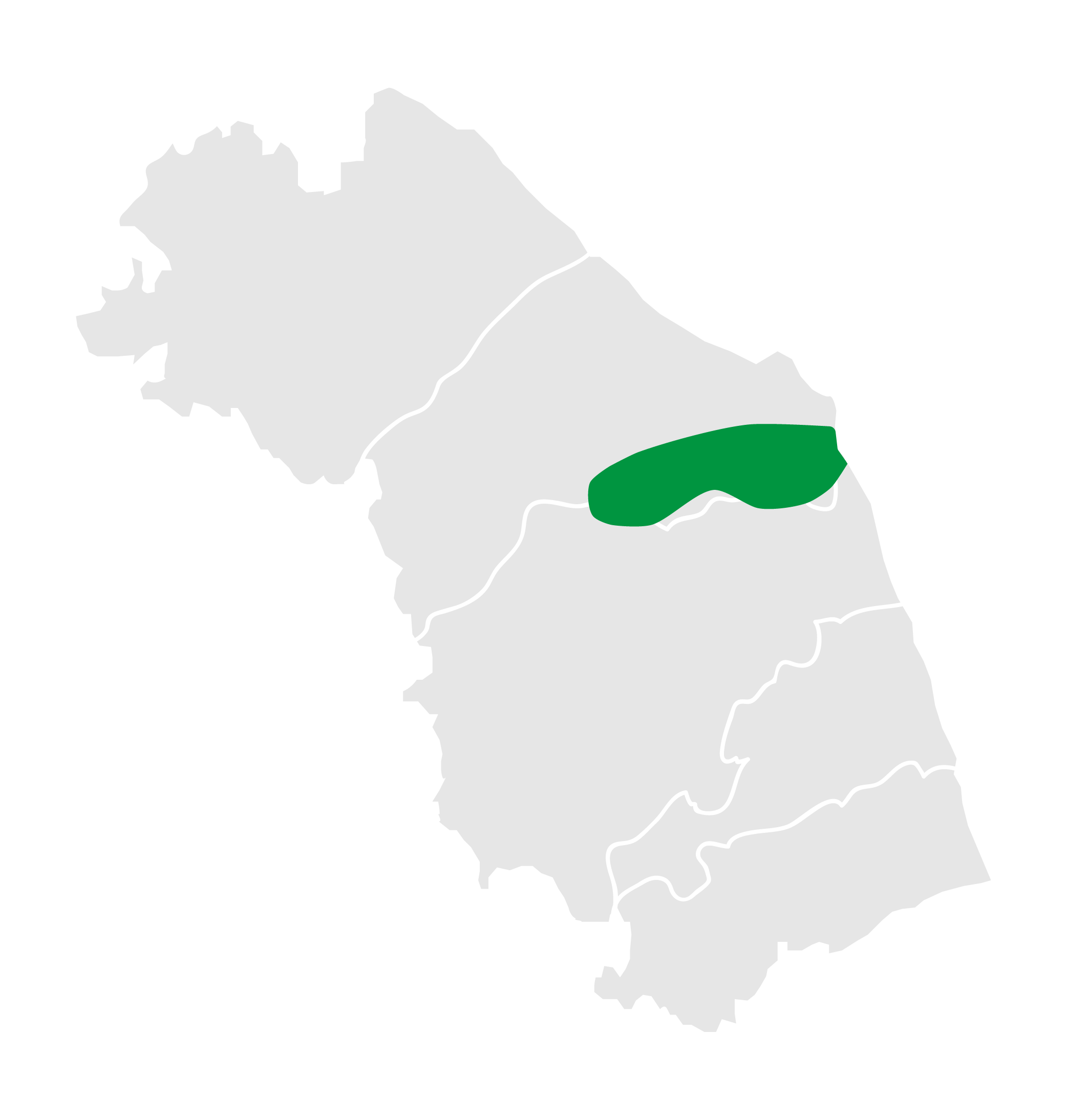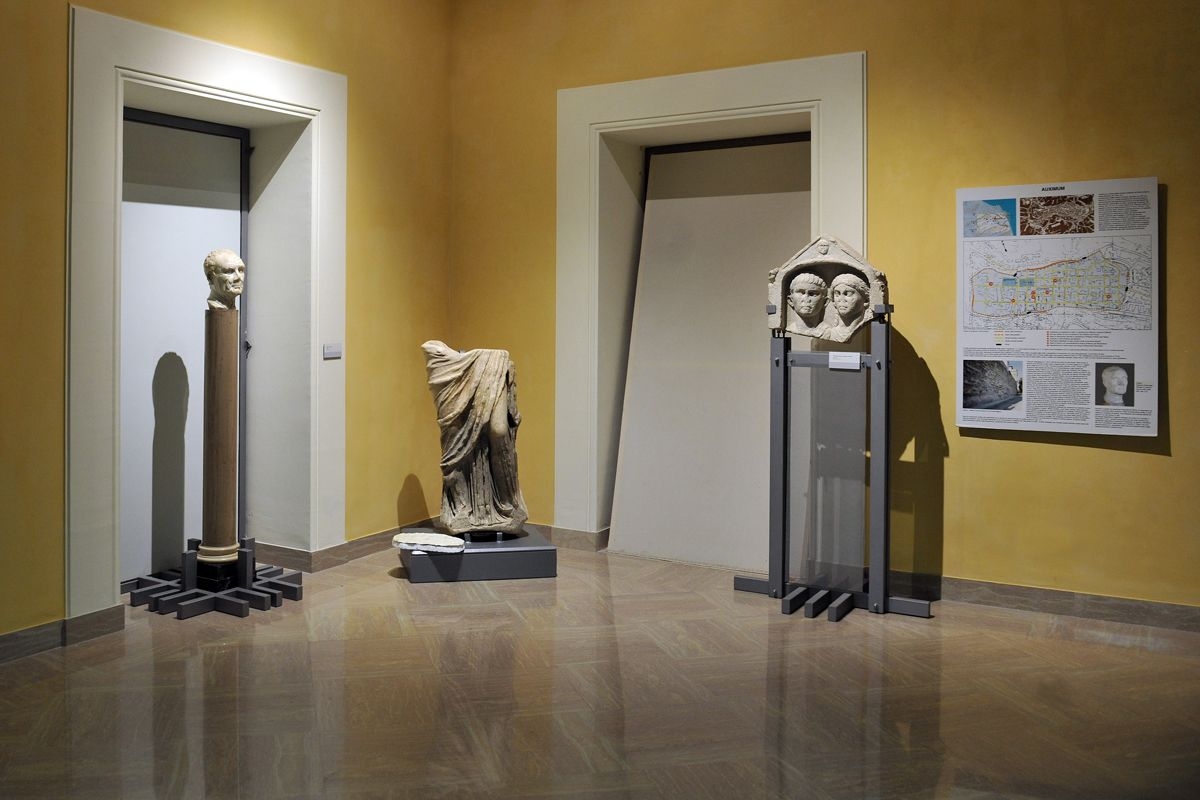
The Osimo Civic Museum is housed in the 17th-century Palazzo Campana, the residence of the Campana family and, later, home to a prestigious boarding school. The latter use involved an impressive restoration and reorganization of the palace, which was entrusted to the architect Andrea Vici of Arcevia, a pupil of Vanvitelli, who brought a new facade to the palace and homogeneity to the entire structure, which was realized by uniting several reconfigured complexes. The palace now houses the Municipal Library, the Municipal Archives, which collect precious documents relating to life in the city, and the Civic Museum. The museum hosts remarkable works of art such as the "Madonna with Child and Angels", a sculpture of the first half of the 13th century, frescoes by Andrea da Bologna of the 15th century, and paintings by Claudio Ridolfi (between the 16th and 17th centuries). The archaeological section collects materials from the city and its territory; it also retains artifacts from private collections. One can thus see materials from the Chalcolithic, the Iron Age, and testimonies to the Picene and Celtic populations which have rendered vessels from the Upper Adriatic and Magna Grecia. Of great importance are the materials of the Roman Age, including the portrait head of elderly man dating to the Republican Age and the limestone funerary stele of a married couple dating back to the 1st century BC. There is also a selection of materials from the rustic villa of Monte Torto. Also of great interest is the Lapidarium set up at the entrance of the City Hall of Osimo. Here are the twelve Roman acephalous statues, to which the locals owe the appellation "without head", and numerous finds from Roman and Medieval times. Among the latter are the relief with the procession of magistrates, the stele with the figure of Attis and the oldest inscription with the name of Pompey the Great (52 BC).
We have found no place to eat in the vicinity
We have found no place to sleep in the vicinity
Vino e olio, eccellenze dell’agricoltura e della gastronomia marchigiana, sono da sempre al centro dell’economia e dell’identità culturale locale, come testimoniano i numerosi impianti per la produzione olearia e vinicola presenti sin dall’età picena nella regione. Il viaggio alla scoperta del territorio dedicato all’antica produzione dell’olio e del vino ci conduce lungo la Salaria Gallica, strada che collegava Fossombrone ad Ascoli Piceno passando per le principali colonie romane, immerse nelle verdi colline marchigiane.

|
Address | Piazza Dante 5 Osimo |

|
Phone Number | 0717236088 / 800228800 |

|
Opening Time | Sezione archeologica: aperta su prenotazione dal lunedì al sabato; Lapidarium comunale: dal lunedì al sabato: 8:30-15:00 / domenica e festivi: 10:00-12:30; 15:00-19:30 |

|
Visit Time | 1 ora e 30 min |

|
Entrance Fee | Sezione archeologica del Museo Civico: 1€; Lapidarium comunale: entrata libera |

|
Reservation Required | Sezione archeologica: prenotazione obbligatoria con almeno due giorni di anticipo Lapidarium Comunale: no |

|
Bookshop | presso Ufficio IAT, Via Fonte Magna 12 |

|
Free Guided Tour | no |

|
Guided Tour | Previa prenotazione di almeno due giorni. Possibilità di effettuare un tour guidato anche il lingua inglese |

|
Parking | sì, a pagamento |

|
Disabled Accessibility | Sezione archeologica del Museo Civico: sì Lapidarium comunale: previo avviso Ufficio IAT |

|
Audioguide | no |

|
Didactic Rooms | no; eventuali attività didattiche vengono effettuate presso l'ufficio IAT, Via Fonte Magna 12, Osimo |

|
Conference room | Sezione archeologica del Museo Civico: sì Lapidarium comunale: si nei mesi estivi e con buone condizioni meteo |

|
English language | yes |

|
Public Transport | yes |

|
Family Services | no |
















